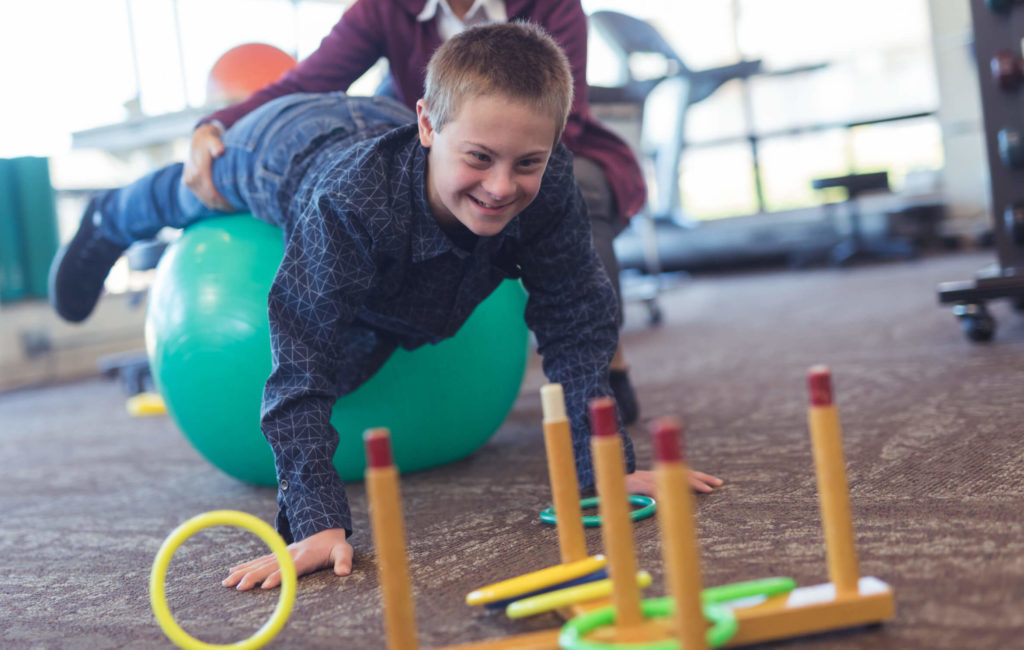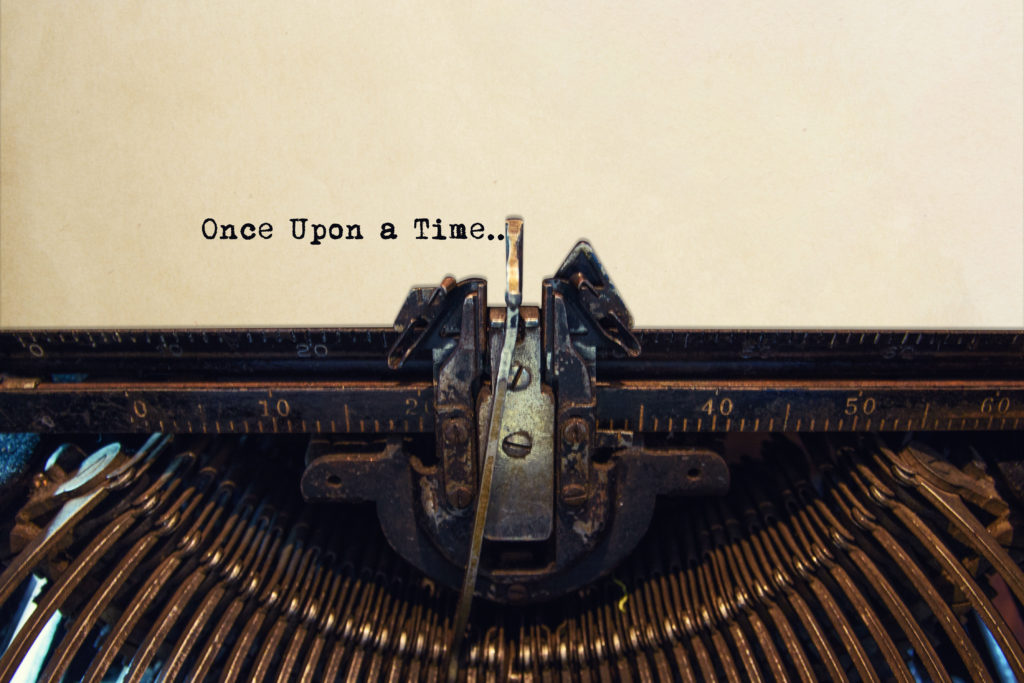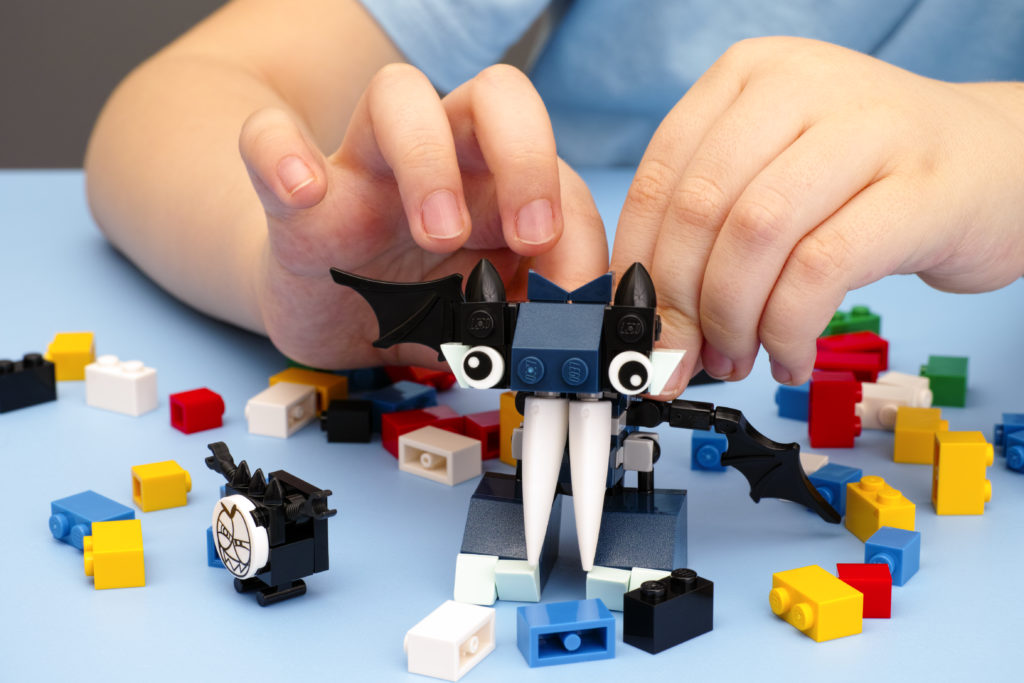Our Blog
11.30.2020
What is Occupational Therapy? Part Two – 5 Through 18 Years
Last week, in Part 1 of “What is Occupational Therapy?”, I spoke about what OTs look at for in the age range of birth to 4 years. I will now discuss ages 5-18 years. Remember, I am looking at the overall development levels of the child. I need to know this information in order to

11.16.2020
Running Quick Tips
Running can be a great way to get outside and stay in shape! If you are new to running or if you do well with keeping up your weekly mileage, injuries may happen. These running quick tips can help. Seven Running Quick Tips for Injury Prevention #1 – The 10% rule The number 1 way

11.03.2020
Why Reading Speed is Important
Why is reading speed important? People often assume that students who are slow readers have difficulty remembering the sounds that alphabet symbols make or that they have difficulty sounding out words. While this may appear logical, it is not always true. There are students who have these skills but continue to be slow readers. They

12.03.2020
MOSAIC Holiday Gift Guide Part I
A MOSAIC holiday gift guide just in time!!! We hear you!! All of us get pulled into the Amazon or Google toy search and frequently we buy on impulse or because the toy looks “good,” especially for ages 1-3. We tend to recommend that parents go back to simpler times and maximize development by setting

11.23.2020
What is Occupational Therapy? Part 1 – Infant Through 4 Years
“What is occupational therapy?” is the most frequently asked question I hear, but I think it is the wrong question. I think the question should be, “What does a pediatric occupational therapist look at?” To begin with, for children and youth, I am looking at the overall development levels of the child. I need to

11.09.2020
Sign and Speech and Language Development
Parents often wonder about using baby sign and how sign impacts speech and language development. Sign language and baby sign are not the same. American Sign Language (ASL) is an official language. It follows its own vocabulary, grammar, and social rules. ASL uses hands, fingers, facial expressions, and body gestures to express wants and needs,

